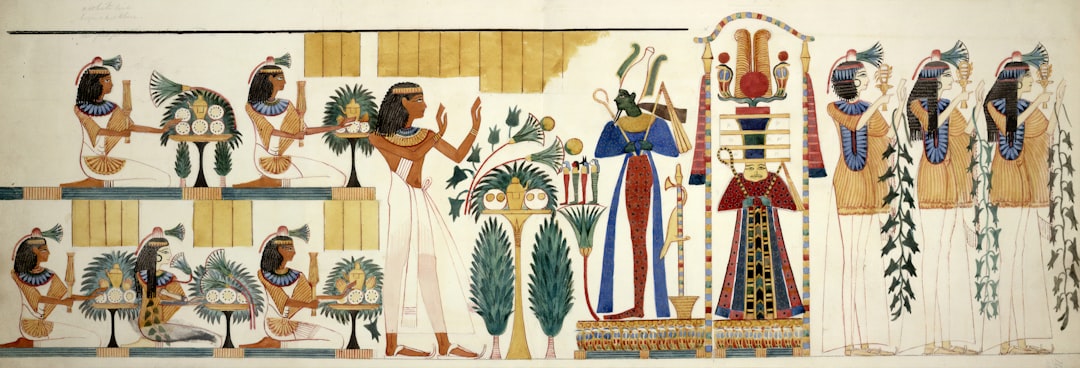What is it about?
ADP-ribosylation is a difficult to study post-translational modification (PTM), with numerous biological roles. We have developed methods that enable the simple incorporation of ADP-ribose into peptides and proteins for deconvoluting the roles played by this PTM.
Featured Image
Why is it important?
ADP-ribosylation is an important PTM, associated with DNA damage repair and cell death. It exists as a monomer, and linear or branched polymers, that can be attached through the side chain of various amino acids via chemical or enzymatic means. Due to the metabolic and chemical instability of this modification, the capacity to purify large amounts of site-specifically modified ADP-ribosylated peptides and proteins to study its role is limited. This paper provides a simple means to generate such molecules, which may provide a useful tool for studying this PTM. We also demonstrate the utility of photocrosslinking as a tool to improve our capacity to identify proteins that bind this modification.
Perspectives
The study of ADP-ribosylation is one of the most difficult histone PTMs to study. We have provided the capacity to incorporate ADP-ribose into peptides, and have shown that the incorporation of photocrosslinkers enables us to more efficiently pull-down proteins that interact with this modification. We have also demonstrated that our mono-ADP-ribosylated peptides can serve as substrates for polymerisation by PARP enzymes, and that mono-ADP-ribosylated histone H2B E2 can interact with PARP9.
Dr Peter Michael Moyle
University of Queensland
Read the Original
This page is a summary of: Method for the Synthesis of Mono-ADP-ribose Conjugated Peptides, Journal of the American Chemical Society, November 2010, American Chemical Society (ACS),
DOI: 10.1021/ja1064312.
You can read the full text:
Contributors
The following have contributed to this page










